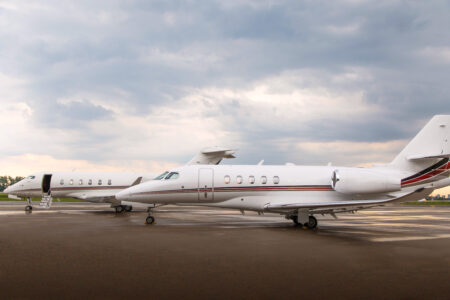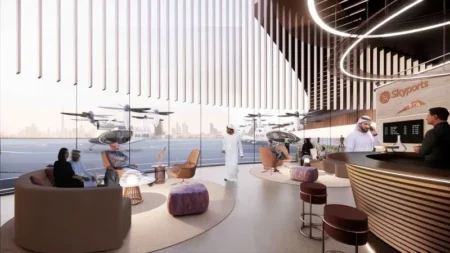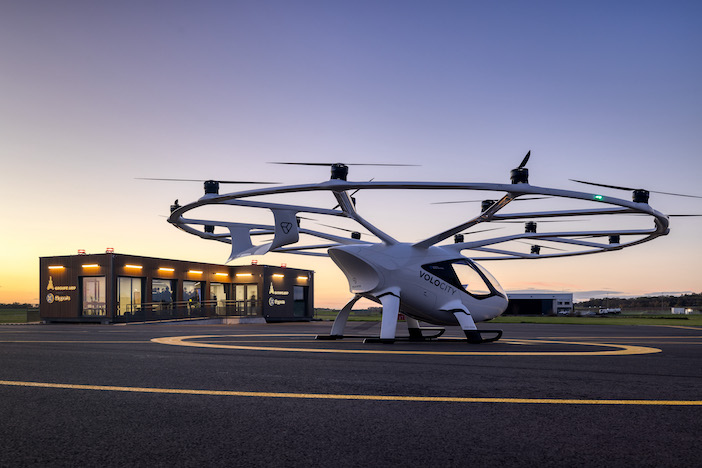After Donald Trump’s surprise victory in the US presidential election last week, many in the business aviation industry have been left wondering what this means for them. The President-elect only gave vague clues during his campaign as to what his policies on transport and infrastructure might be, but in the days following the result there have been a number of developments.
Ed Bolen, president and CEO of the National Business Aviation Association (NBAA), released a statement, expressing his willingness to work with the incoming president. He said, “NBAA has always worked with elected officials in both political parties to advance policies that foster the growth of business aviation in the United States. In that spirit, we look forward to working with President-elect Trump, as well as those in his administration, and congressional representatives from both parties, to promote proposals that recognize the industry’s value and protect its interests.”
The National Air Traffic Controllers Association (NATCA) also released a statement, which read, “We congratulate President-elect Donald Trump and Vice President-elect Mike Pence on their victory. Our National Airspace System (NAS) is the world’s safest and most efficient. It provides 11.8 million jobs and creates US$1.5tn in total economic activity, contributing over 5% to the United States Gross Domestic Product.
“We look forward to working with the new Administration to secure a stable, predictable funding stream… and to advance the successful collaborative relationship we’ve built with the Federal Aviation Administration (FAA) and the Department of Transportation over the last eight years, which has yielded positive results for the American people.”
The FAA responded in a different way, by imposing temporary flight restrictions over New York’s Trump Tower, Donald Trump’s Manhattan home, as a security measure, with no aircraft to pass within a two nautical mile radius or below 3,000ft. The restriction will expire on January 21, 2017, the day after the President-elect’s inauguration, and applies to any airports and airspace where he might be present until that time.
So far, Trump has pledged to fund projects to “rebuild our highways, bridges, tunnels, airports, schools, hospitals” in his first 100 days in office. The President-elect is also keen on private aviation, and has a Boeing 757-200, Cessna Citation X and two Sikorsky S-76B aircraft in his personal fleet, so some believe this may feature in his plans.
Janine Iannarelli, founder and CEO of Par Avion, a jet brokerage and consultancy in Houston, Texas, hopes that Trump’s love of private aviation may influence the general public. Iannarelli told the Daily Record in New Jersey that President Obama had a negative effect by criticizing corporate excess in the wake of the 2008 financial crisis and citing private aviation as an example. “The perception needs to be altered,” she told the newspaper.
There was an opportunity for Trump to express his views on aviation during his campaigning – the Aircraft Owners and Pilots Association (AOPA) sent the President-elect and rival Hillary Clinton a questionnaire, seeking their opinion on key industry issues. Trump’s campaign did not respond, while Clinton expressed her views on the importance of general aviation and her admiration for pilots.




